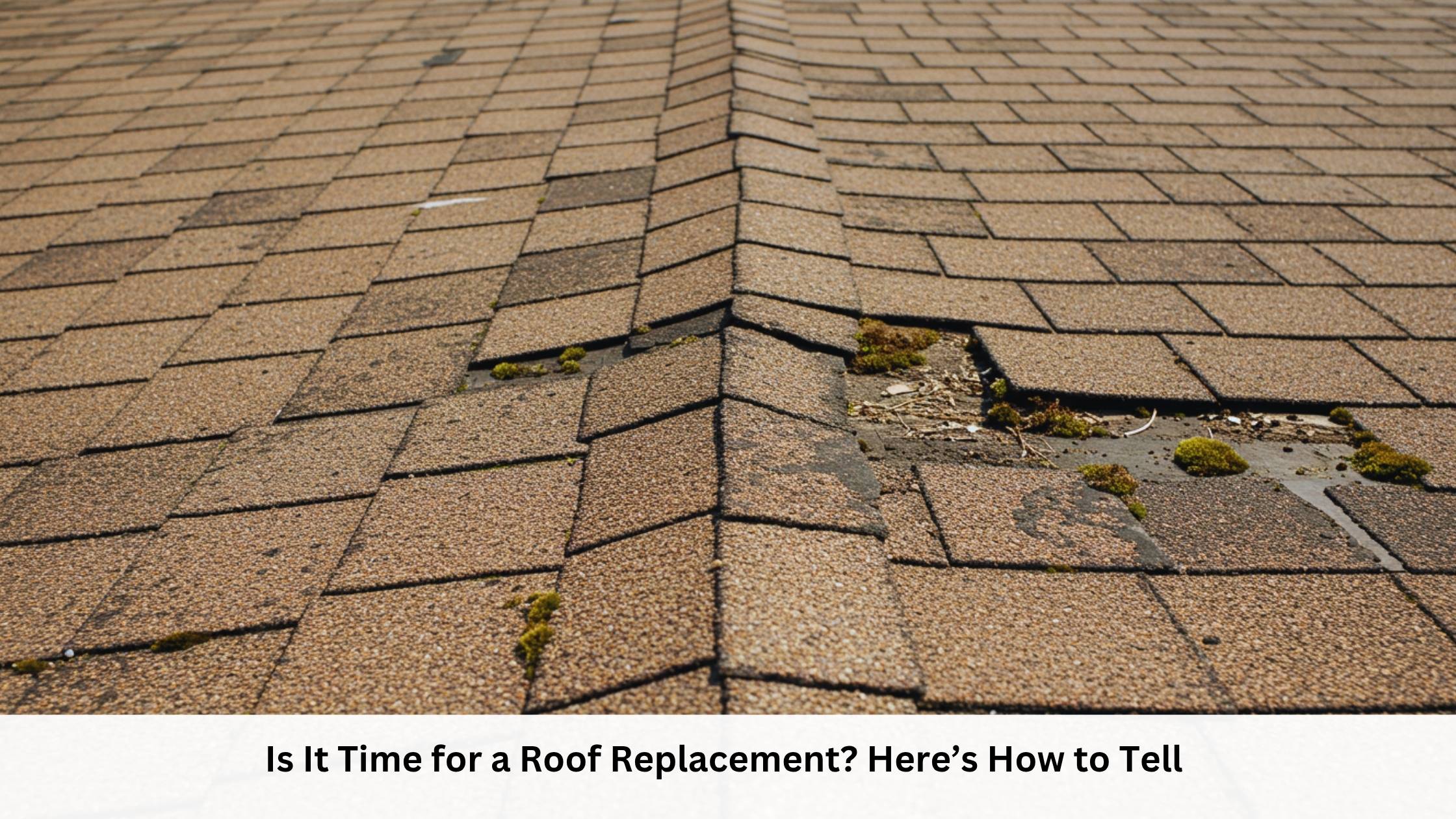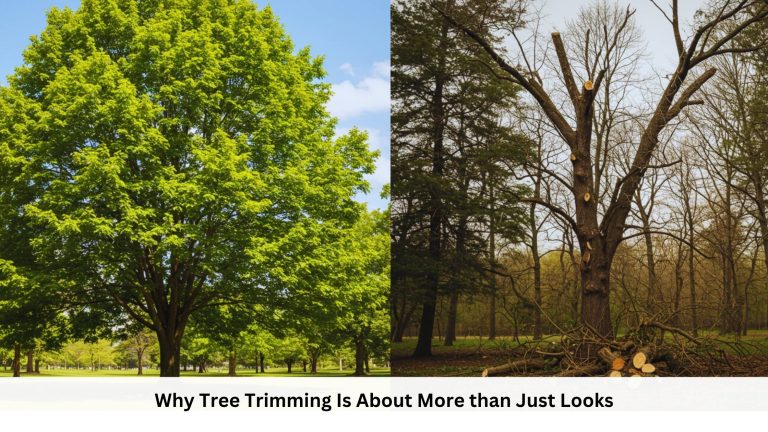Your roof is your home’s unsung hero, standing strong against rain, snow, sun, and wind year after year. But, like any hero, it has its limits. Knowing when to replace your roof is vital for protecting your home and avoiding costly repairs.

This article goes beyond the typical “how-to” guide. Instead, we’ll explore the key warning signs that your roof is at the end of its lifespan, uncover common myths about roof replacement, and help you feel confident in your decision to invest in a new roof.
Why Roof Replacement Shouldn’t Be Ignored
Roof replacement might seem like a daunting expense. However, postponing the job for too long can lead to severe structural damage inside your home. Here’s why taking action is crucial:
- Prevent Interior Water Damage: Old, worn roofs are prone to leaks, potentially damaging drywall, floors, and electrical systems.
- Save Energy Costs: A compromised roof lets heat escape and cold air in, driving up your utility bills. New materials are far more energy-efficient.
- Boost Property Value: A new roof not only safeguards your home but can add significant value to your property. According to Remodeling Magazine, a roof replacement can recoup up to 60% of its cost when selling your home.
Common Signs It’s Time for a New Roof
Many homeowners aren’t sure when to replace their roofs. Look out for these warning signs to determine whether a replacement is in your house’s future.
1. Curling or Missing Shingles
Shingles serve as your roof’s shield. If they’re curling, cracked, or flat-out missing, they’re no longer doing their job. This is one of the most obvious signs your roof might need replacing.
How to Check: Stand back from your house and inspect your roof with binoculars. You don’t need to climb up there yourself!
2. Your Roof is Over 20 Years Old
Most asphalt shingle roofs are designed to last around 20–25 years. If your roof has passed this milestone, age alone could mean it’s due for a replacement—even if it looks fine from the ground.
3. Sagging or Drooping Roof Lines
A sagging roof doesn’t just hurt curb appeal; it could hint at structural issues like trapped moisture or weakened beams.
4. Granules in Your Gutters
Ever noticed black, sand-like particles in your gutters or downspouts? These granules come from asphalt shingles and help protect them from the sun. Their loss is a sign your roof is deteriorating.
5. Moss or Algae Growth
While most might be visually appealing in a fairy tale, it’s bad news for your roof. Moss traps moisture, which speeds up deterioration. Regular cleaning can help, but widespread growth might mean it’s time to replace.
Debunking Myths About Roof Replacement
There are several misconceptions about roof replacement that might deter you from taking the plunge. Here are three myths and the truths behind them.
Myth #1: “I Can Patch the Problem Areas Instead of Replacing the Roof.”
While small repairs are useful for localized issues, they’re not a long-term solution if your roof is nearing its natural end. Just like patching one tire on an almost bald set, you’ll have to keep addressing issues until you bite the bullet and replace it entirely.
Myth #2: “I Can Wait Until There’s a Leak.”
Waiting until water is dripping from your ceiling is not only inconvenient but dangerous. By the time you notice a leak indoors, significant damage could already have occurred in your attic or insulation.
Myth #3: “Roof Replacement Is Too Expensive.”
While the upfront cost can seem steep, consider the expense of ongoing repairs or widespread water damage. Financing and insurance options can make roof replacement manageable for most homeowners.
Explore: https://megapersonals.co.com/xxbrits/
Key Factors That Impact the Cost of Roof Replacement
If it’s time to replace your roof, you’ll want to understand the factors that determine the price. Here are the major considerations contractors will look at.
Roof Size
Roofing is typically priced per square foot. A larger roof will require more materials and, therefore, a higher cost.
Materials Used
Not all roofing materials are created equal. Asphalt shingles are the most common and affordable, but you might opt for more durable (and costly) options like metal, tile, or slate.
Roof Complexity
A simple, flat roof will cost much less to replace than one covered in gables, dormers, and steep slopes. The steeper your roof’s pitch, the trickier and more labor-intensive the job.
Location and Labor Rates
Labor costs vary by region. Rural areas often have lower rates than urban centers, but shipping materials to remote locations could offset this cost-benefit.
Eco-Friendly Roofing Options Worth Considering
Replacing your roof is also an opportunity to reduce your home’s environmental impact. Consider these sustainable roofing materials when making your decision.
- Cool Roofing Materials: These materials reflect more sunlight, reducing your home’s heat absorption and helping lower energy bills.
- Recycled Shingles: Made from post-consumer and industrial waste, these shingles are eco-friendly and highly durable.
- Standing-Seam Metal Roofs: Metal roofing offers excellent longevity (50+ years) and can often be recycled at the end of its life.
A Simple Checklist for Hiring the Right Roofing Contractor
Selecting the right professional for your roof replacement is key to a successful project. Here’s a quick checklist to guide you.
- Verify Licensing & Insurance: Ensure the contractor is licensed in your state and carries insurance.
- Ask for References: A trustworthy contractor should be happy to share past clients’ contact information.
- Get Multiple Quotes: Collect at least three written estimates. Be skeptical of bids that are significantly lower than others.
- Check Warranties: Look for both workmanship and manufacturer warranties on materials and labor.
Protect Your Home by Taking Action Today
A professional Roof Replacement is one of the most valuable investments you can make for your home, as it not only protects against future damage but also boosts curb appeal, improves energy efficiency, and increases overall property value.
By acting early—before small issues turn into costly repairs—you’re investing in long-term peace of mind and structural integrity.
Curious about your options for materials, budgeting, or sustainable solutions? Connect with experienced roof replacement professionals in your area and start planning a roof that’s built to last.






